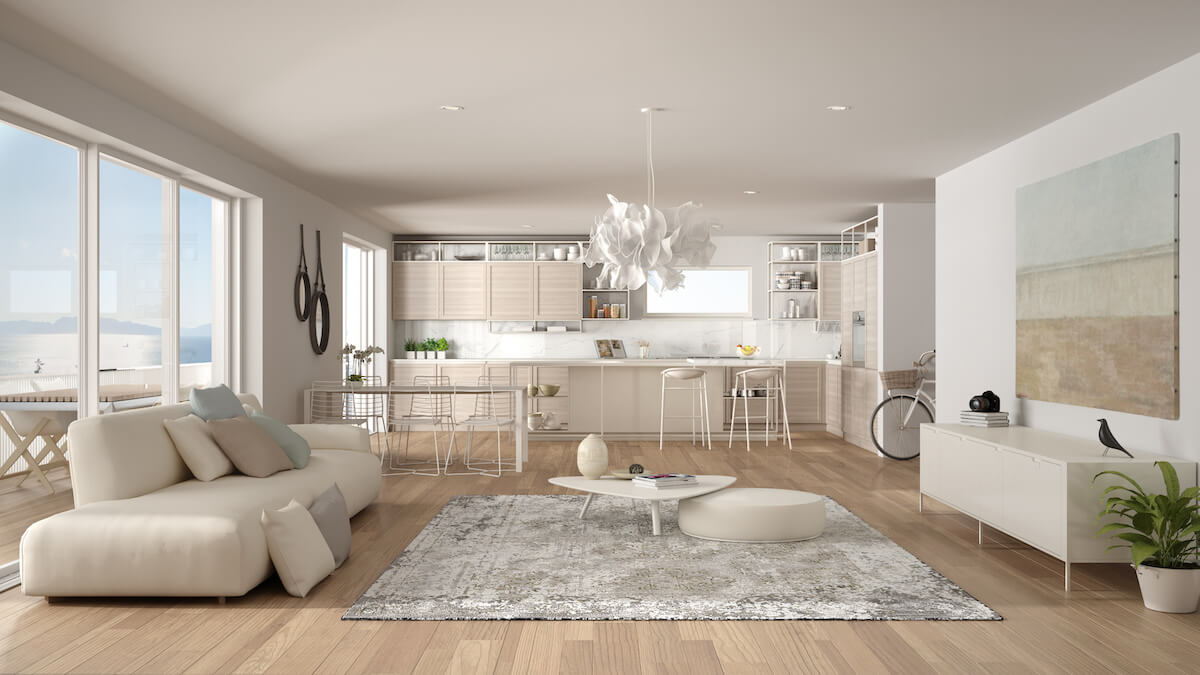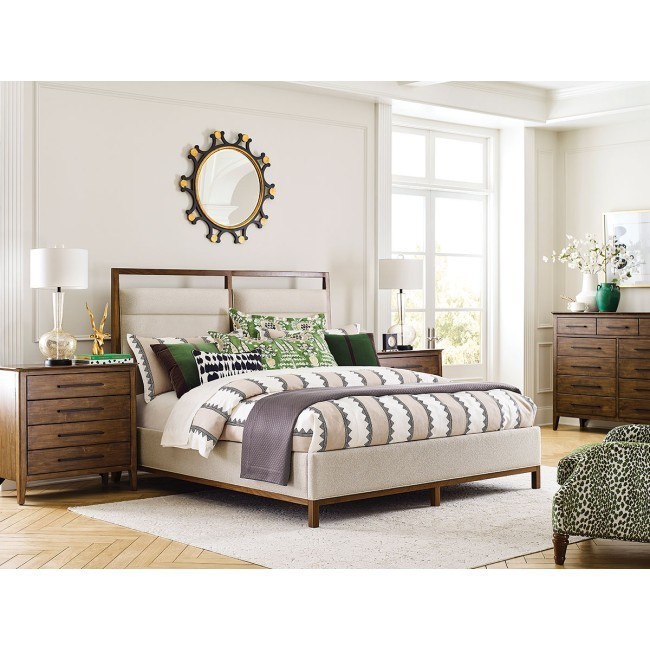All Categories
Featured
When it comes to creating and providing your home, picking the appropriate design of furnishings is one of the most crucial decisions. 2 preferred choices are contemporary and standard furnishings styles.
Conventional Furnishings: Standard furnishings, on the other hand, attracts ideas from previous historical durations, such as the 18th and 19th centuries. It includes a lot more luxuriant and elaborate details, with a concentrate on craftsmanship and traditional styles. This style is often connected with a warm and inviting visual, with furniture pieces showcasing ornamental components like carved wood, rich textiles, and elegant surfaces. Standard furniture has a tendency to have a more formal appearance, and its style is rooted in history, usually with detailed patterns, stylish contours, and antique finishes.
![]()
Standard Furniture: Standard furnishings is understood for utilizing abundant, all-natural materials like solid wood, natural leather, and textiles. Wood furnishings items, often made from oak, walnut, mahogany, or cherry, prevail in standard styles. The coatings have a tendency to be darker and much more refined, with detailed woodwork and classy describing. Upholstery is typically made from extravagant fabrics like brocade, velour, or silk, which contribute to the opulent feel of typical styles. The products in traditional furniture are normally much more considerable and created to last for generations.
![]()
Standard Furnishings: Conventional furnishings, by comparison, frequently integrates richer, deeper color tones. Shades of wine red, forest green, navy blue, and gold are frequently used to create a cozy and inviting atmosphere. Patterns such as flower prints, damask, and red stripes prevail in traditional furnishings items, including a component of beauty and beauty. Making use of richer colors aids bring deepness and character to the room, providing it a more timeless and timeless charm.
![]()
Typical Furniture: While conventional furnishings likewise values convenience, the focus is much more on developing a glamorous and classic appeal. Convenience is prioritized, specifically in seating pieces such as chairs and sofas, yet standard furniture does not always emphasize the adaptability or performance that is common in contemporary pieces.
Typical Furnishings: Typical furnishings is ideal matched for homes that embrace a much more traditional, official design. While it can be blended with contemporary aspects, typical furniture has a tendency to control the space and is frequently the focal point.
Verdict. Eventually, picking between contemporary and conventional furnishings comes down to your personal choices and the general ambiance you wish to develop in your living space. Contemporary furniture offers streamlined, minimal styles and performance, while traditional furniture brings timeless sophistication, detailed craftsmanship, and a cozy, welcoming feel. Whether you're drawn to the tidy lines of contemporary furnishings or the traditional charm of typical items, both styles offer unique benefits that can boost your home's visual. The trick is to balance your choices with the details needs and area of your home to create a harmonious, comfy living atmosphere.
- Style and Visual. Contemporary Furnishings: Contemporary furnishings is all about tidy lines, minimalist layouts, and a concentrate on capability. The style is regularly progressing and tends to incorporate current fads in design, frequently mixing different impacts. This design embraces open rooms, geometric shapes, and smooth, smooth surface areas. Contemporary furniture has a tendency to have actually an underrated sophistication, with less focus on decoration. Typically, less is much more, with the style prioritizing simpleness and functionality.
Conventional Furnishings: Standard furnishings, on the other hand, attracts ideas from previous historical durations, such as the 18th and 19th centuries. It includes a lot more luxuriant and elaborate details, with a concentrate on craftsmanship and traditional styles. This style is often connected with a warm and inviting visual, with furniture pieces showcasing ornamental components like carved wood, rich textiles, and elegant surfaces. Standard furniture has a tendency to have a more formal appearance, and its style is rooted in history, usually with detailed patterns, stylish contours, and antique finishes.
- Products and Finishes. Contemporary Furnishings: In modern layout, products have a tendency to be a lot more modern-day and diverse. Furniture made from steel, glass, and plastics are commonly made use of, frequently paired with wood to create smooth and modern pieces.

Standard Furniture: Standard furnishings is understood for utilizing abundant, all-natural materials like solid wood, natural leather, and textiles. Wood furnishings items, often made from oak, walnut, mahogany, or cherry, prevail in standard styles. The coatings have a tendency to be darker and much more refined, with detailed woodwork and classy describing. Upholstery is typically made from extravagant fabrics like brocade, velour, or silk, which contribute to the opulent feel of typical styles. The products in traditional furniture are normally much more considerable and created to last for generations.
- Shade Palettes. Contemporary Furnishings: Contemporary furnishings welcomes neutral color schemes, such as tones of grey, white, black, and off-white. Vibrant accents and stands out of color are often used to create centerpieces, either through toss pillows, art work, or rugs. The emphasis gets on producing a well balanced, harmonious environment without overwhelming the area with a lot of completing colors. The general effect is tidy, smooth, and contemporary, with color made use of purposefully to boost the visual.

Standard Furnishings: Conventional furnishings, by comparison, frequently integrates richer, deeper color tones. Shades of wine red, forest green, navy blue, and gold are frequently used to create a cozy and inviting atmosphere. Patterns such as flower prints, damask, and red stripes prevail in traditional furnishings items, including a component of beauty and beauty. Making use of richer colors aids bring deepness and character to the room, providing it a more timeless and timeless charm.
- Capability and Comfort. Contemporary Furniture: Capability is an essential feature of contemporary furnishings. Contemporary furniture usually includes integrated storage options, multi-functional items, and ergonomic designs, making certain that both form and function are balanced.

Typical Furniture: While conventional furnishings likewise values convenience, the focus is much more on developing a glamorous and classic appeal. Convenience is prioritized, specifically in seating pieces such as chairs and sofas, yet standard furniture does not always emphasize the adaptability or performance that is common in contemporary pieces.
- Design Combination. Contemporary Furnishings: Contemporary furniture works well in contemporary homes, especially those with open-plan formats. Its clean, uncluttered design is perfect for minimalist areas or interiors that stress an even more commercial, urban, or Scandinavian look. Contemporary pieces can likewise mix seamlessly with other style styles, such as mid-century contemporary, transitional, or perhaps standard, due to their functional and ever-evolving nature.
Typical Furnishings: Typical furnishings is ideal matched for homes that embrace a much more traditional, official design. While it can be blended with contemporary aspects, typical furniture has a tendency to control the space and is frequently the focal point.
Verdict. Eventually, picking between contemporary and conventional furnishings comes down to your personal choices and the general ambiance you wish to develop in your living space. Contemporary furniture offers streamlined, minimal styles and performance, while traditional furniture brings timeless sophistication, detailed craftsmanship, and a cozy, welcoming feel. Whether you're drawn to the tidy lines of contemporary furnishings or the traditional charm of typical items, both styles offer unique benefits that can boost your home's visual. The trick is to balance your choices with the details needs and area of your home to create a harmonious, comfy living atmosphere.
Latest Posts
Flooring Professionals Who Treat You Like Family Members
Published Apr 19, 25
1 min read
Customized Wide Range Monitoring with WyHy Federal Cooperative Credit Union
Published Apr 19, 25
1 min read
Emergency Situation Roof Covering Repair Work-- Stopping Leakages in Their Tracks
Published Apr 19, 25
1 min read
More
Latest Posts
Flooring Professionals Who Treat You Like Family Members
Published Apr 19, 25
1 min read
Customized Wide Range Monitoring with WyHy Federal Cooperative Credit Union
Published Apr 19, 25
1 min read
Emergency Situation Roof Covering Repair Work-- Stopping Leakages in Their Tracks
Published Apr 19, 25
1 min read